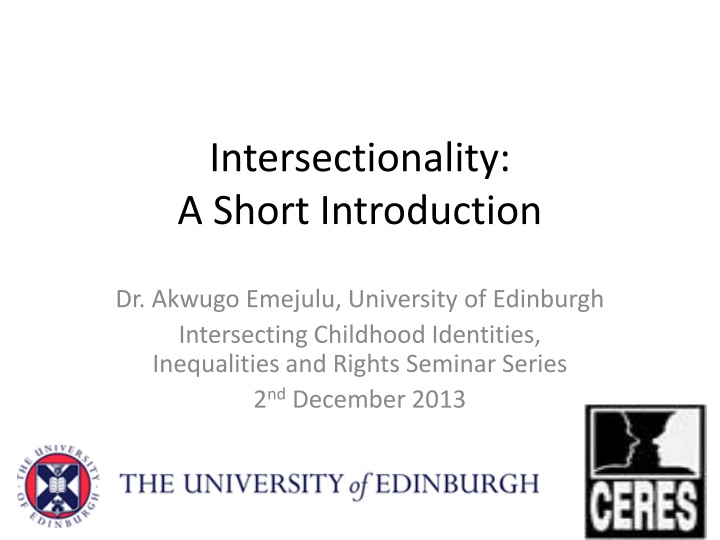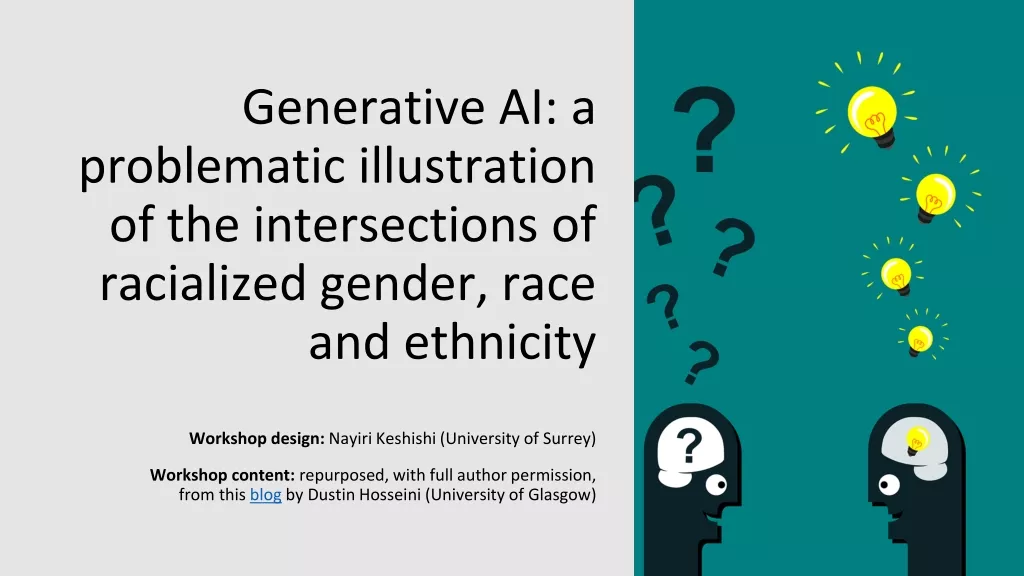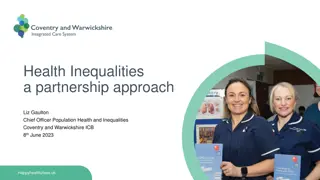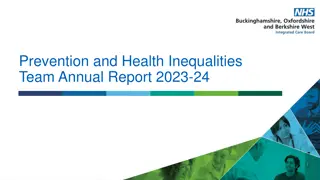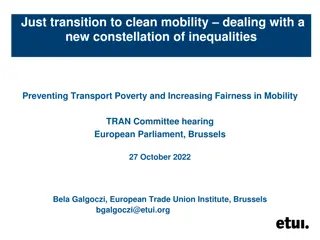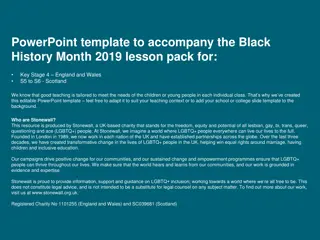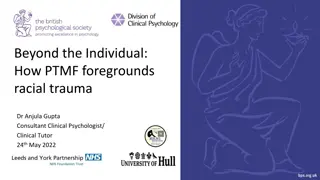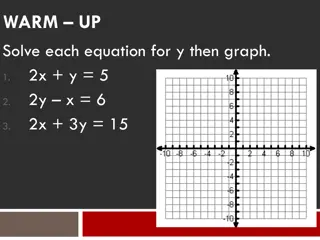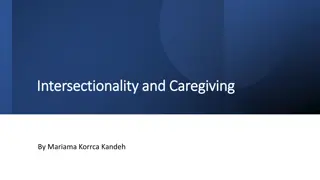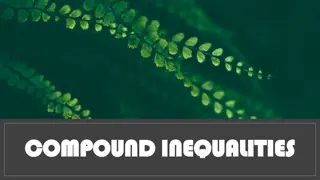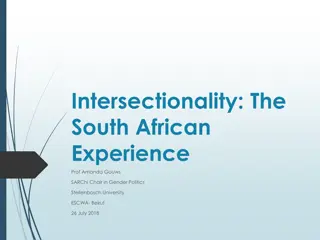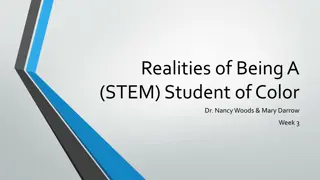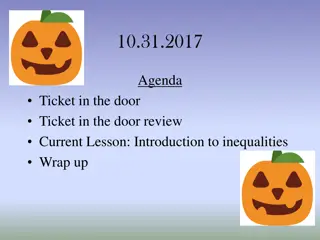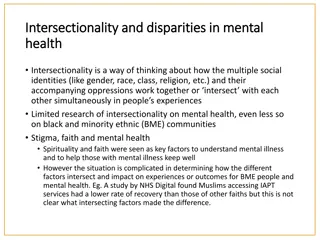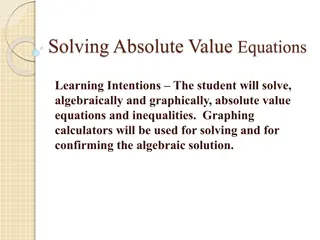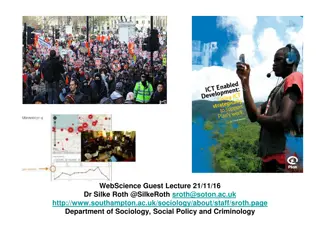Intersectionality: Analyzing Inequalities and Power Dynamics
Intersectionality explores how differences like race, gender, and class intersect to shape power dynamics and structural inequalities. It challenges traditional models by focusing on group-specific inequalities and socio-economic outcomes at intersections of difference.
Download Presentation

Please find below an Image/Link to download the presentation.
The content on the website is provided AS IS for your information and personal use only. It may not be sold, licensed, or shared on other websites without obtaining consent from the author.If you encounter any issues during the download, it is possible that the publisher has removed the file from their server.
You are allowed to download the files provided on this website for personal or commercial use, subject to the condition that they are used lawfully. All files are the property of their respective owners.
The content on the website is provided AS IS for your information and personal use only. It may not be sold, licensed, or shared on other websites without obtaining consent from the author.
E N D
Presentation Transcript
Intersectionality: A Short Introduction Dr. Akwugo Emejulu, University of Edinburgh Intersecting Childhood Identities, Inequalities and Rights Seminar Series 2ndDecember 2013
Overview What is intersectionality and why does it matter? Thinking about difference and the impact of intersectional inequalities Doing intersectionality
What is intersectionality? An analytic sensibility (Cho et al 2013) Concerns the way things work rather than who people are (Chun et al 2013) The interaction between gender, race and other categories of difference and the outcomes of these interactions in terms of power (Davis 2008)
Taking difference seriously Starting point for intersectionality is difference Recognising how hierarchies of race, class, gender, disability, sexuality generate structural inequalities for particular groups Understanding these inequalities are not effectively captured through dominant models that focus on individuals and/or homogenous groups
Aint I a Woman? Sojourner Truth (1851) That man over there says that women need to be helped into carriages and lifted over ditches and to have the best place everywhere. Nobody ever helps me into carriages, or over mud puddles or gives me any best place! And ain t I a woman?
Inequalities at the intersections Being located at particular intersections of difference matter in terms of socio-economic outcomes and power Disparities in income and wealth and in public participation, media representations and respect are experienced at the intersections
Inequalities at the intersections Poverty rates for all women are higher than those of white men in the UK Poverty rates are lowest for white women, followed by Chinese, Indian, Black Caribbean and Black African women Pakistani and Bangladeshi women have poverty rates of about 50% per cent(Nandi and Platt 2010)
Intersectionality as praxis Because intersectionality was born out of African American women s social movements, it is about thoughtful and committed action Intersectionality is not about defining groups as victims but recognising inequalities and taking practical action to address power imbalances So, how do you do intersectionality?
Intersectionality and childrens rights Which children count in the dominant practices and campaigns in this field? How do the dynamics of race/class/gender/sexuality/disability shape children s lives? How do these dynamics serve as resources for children? What kinds of alliances need to be built across different groups to effectively address children s intersectional inequalities?
